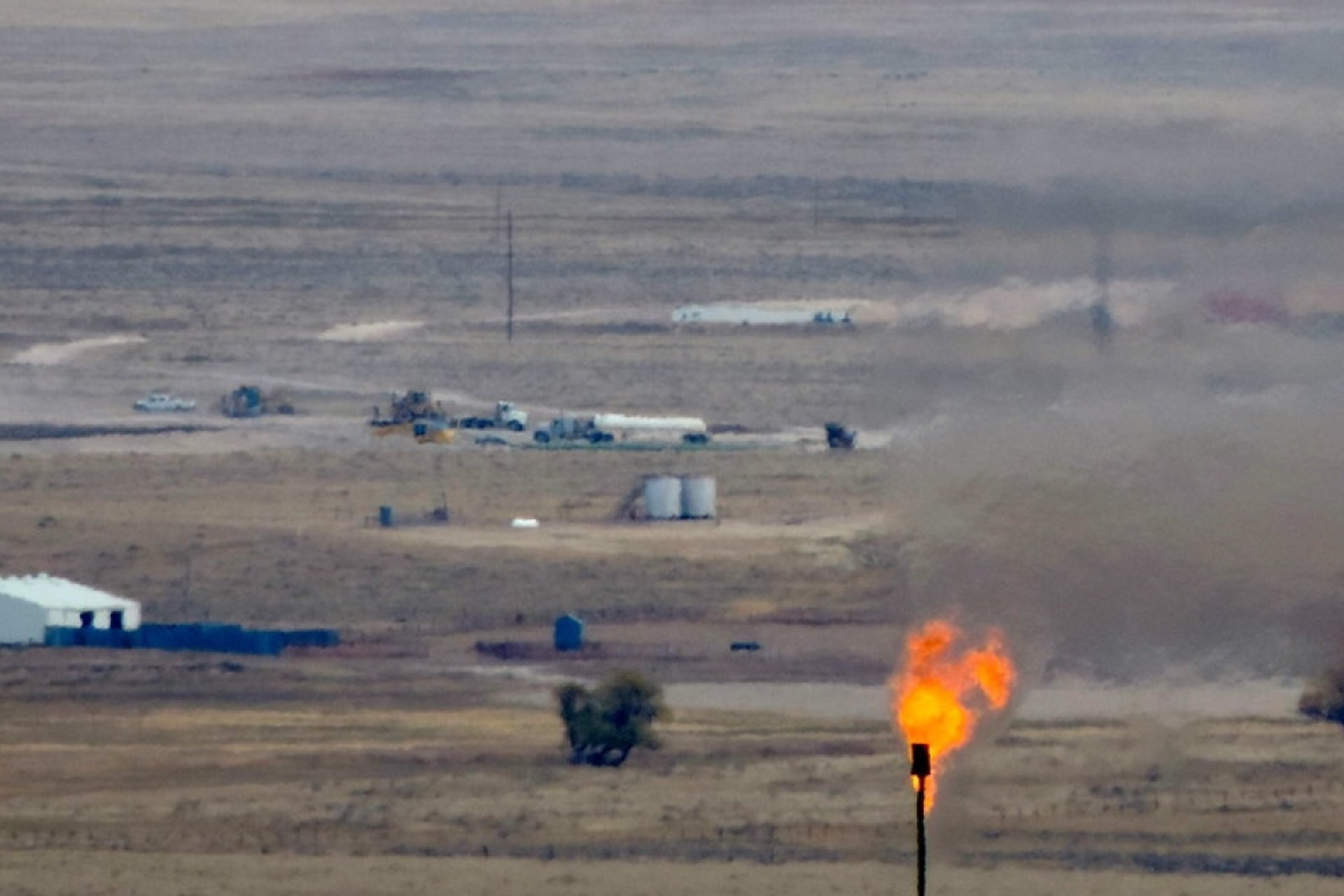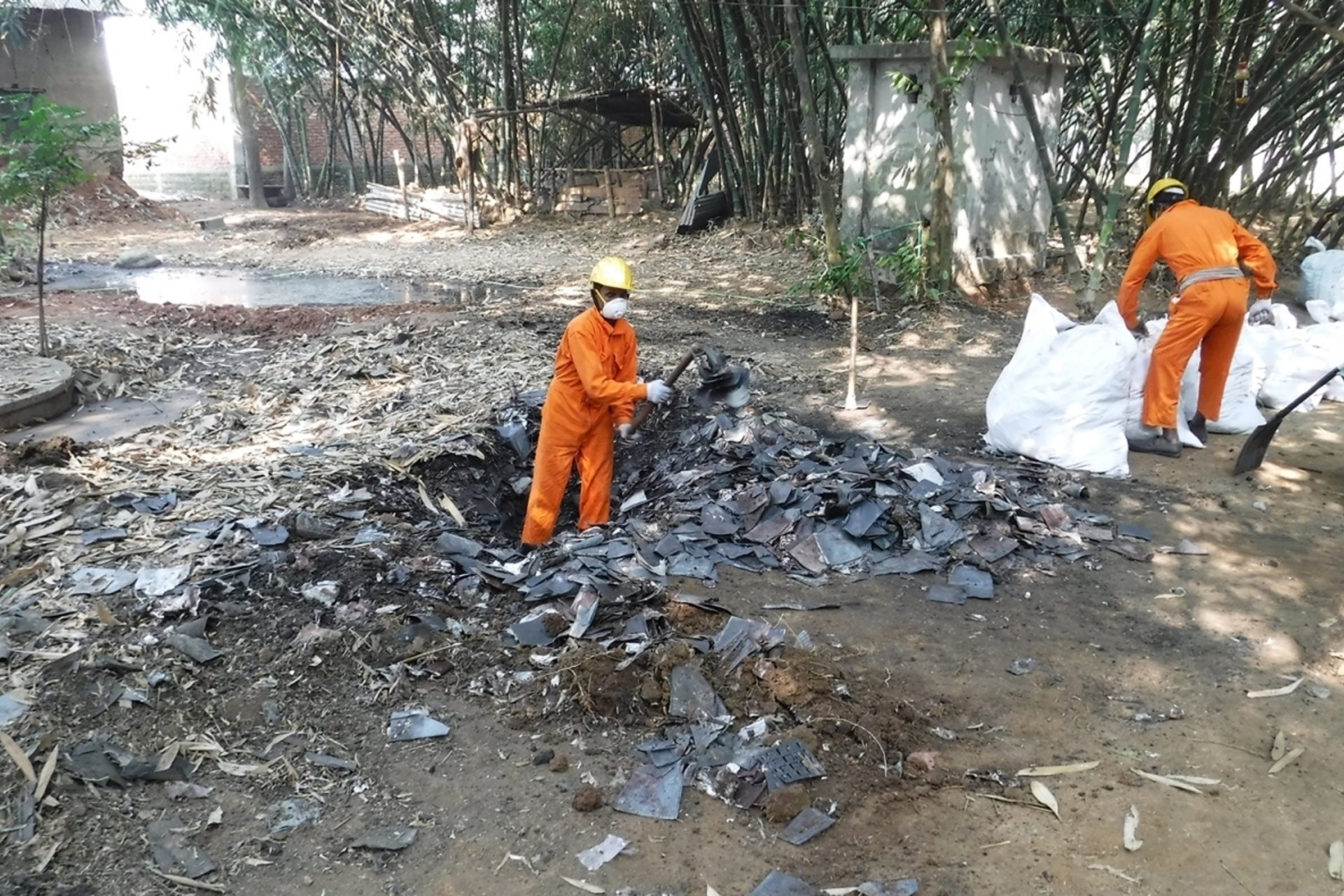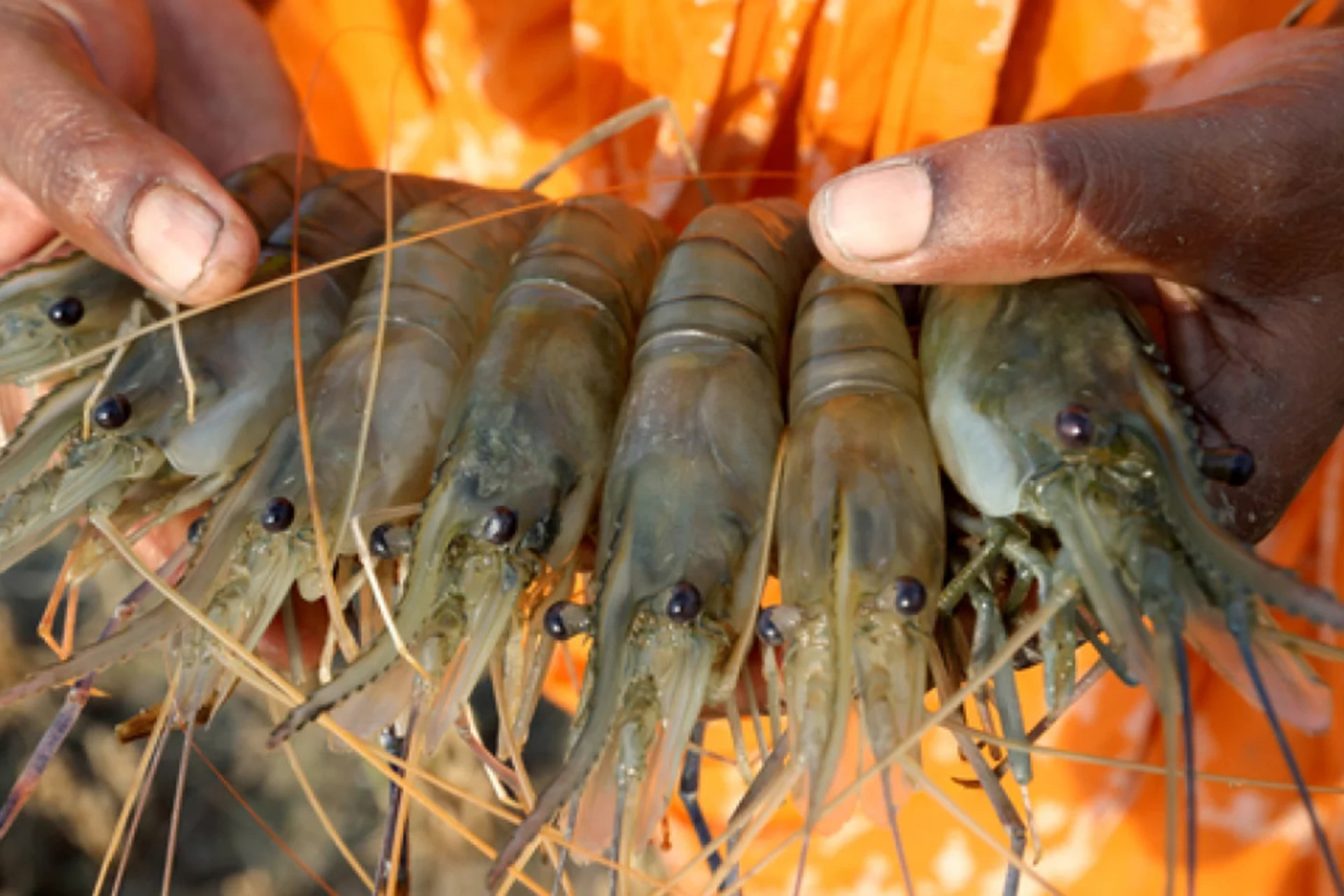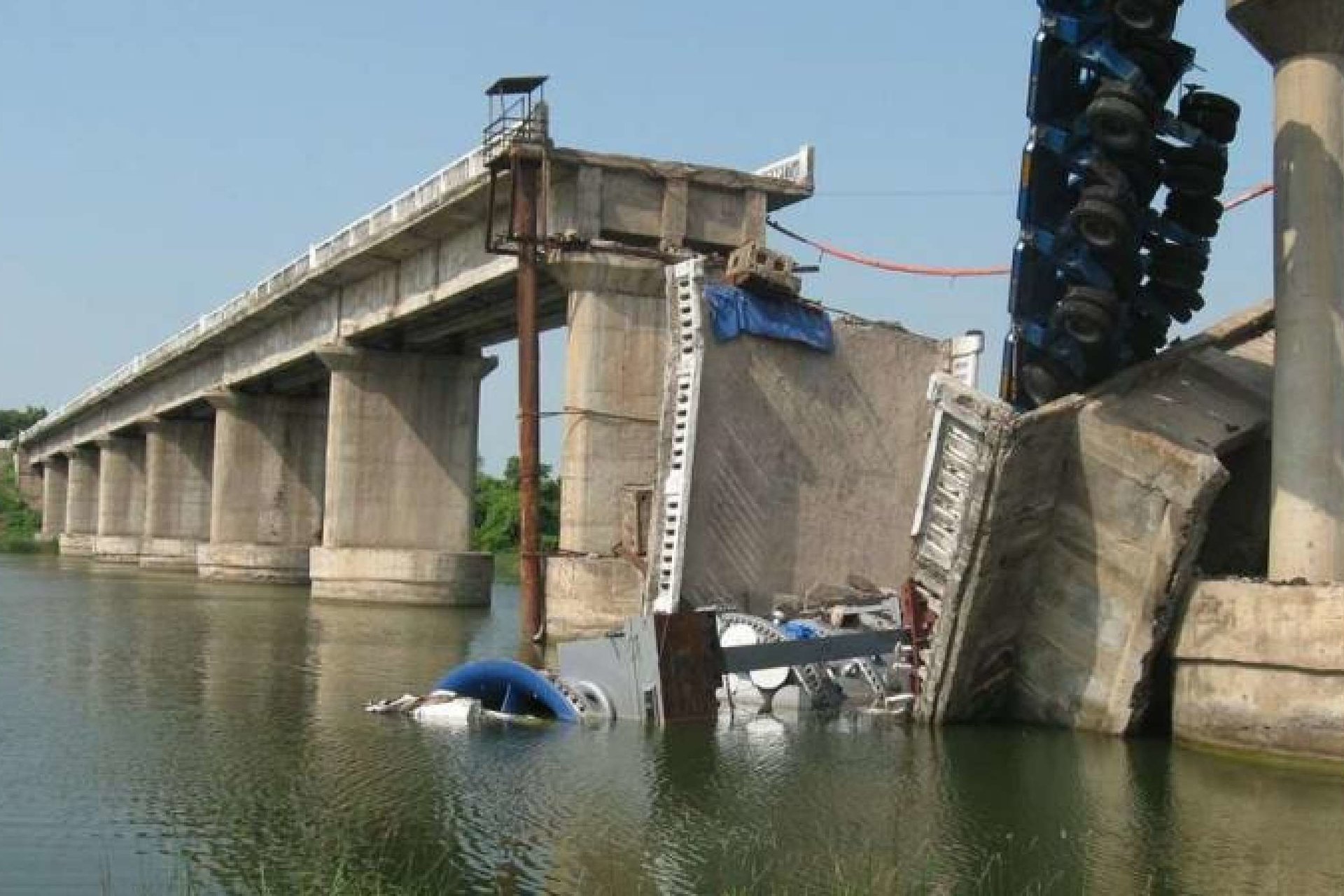In Focus: Woods Funded Research
Each year, the Woods Institute provides funding for interdisciplinary research projects aimed at advancing solutions to pressing environmental challenges. The stories below highlight the people, processes, innovations, and discoveries stemming from these projects.
News, features and announcements from Woods-funded research efforts
-
Conventional sunscreen ingredients can damage coral reefs and human health. An immunologist and a marine ecologist teamed up to develop a better approach.
-
Stanford researchers are searching for heat-resistant corals that could ensure the survival of vulnerable reefs.
-
Vehicles outfitted with sensors and other devices are collecting data to make life better for people living in cities.
-
Sr Fellow Scott Fendorf is co-author on a new study showing that wildfires can transform a natural element in soils into a cancer-causing and readily airborne metal known as chromium 6.
-
Stanford researchers combine epidemiology and management to confront a growing threat from lead-acid batteries in electric vehicles.
-
A Stanford geophysicist and lawyer team up to use big data for water quality monitoring and governance.
-
Environmental Venture and Realizing Environmental Innovation grants foster interdisciplinary solutions.
-
Stanford researchers are working across disciplines to measure emissions of a potent greenhouse gas in extreme conditions.
-
Seventeen new seed grants will tackle emerging threats to global health. Two projects are funded by the Woods Institute.
-
Stanford and SLAC scientists developed a low-cost, recyclable powder that can kill thousands of waterborne bacteria per second when exposed to sunlight.
-
A project that received early funding from the Woods Institute is using ecological solutions to combat a debilitating disease.
-
Stanford marine biologists, epidemiologists, geneticists, engineers, and others soon will collaborate to develop new water purification technology, build healthier homes, make electric vehicle battery recycling safer, create ocean-friendly sunscreens, and more.
-
You can love something to death. That is one way of thinking about a new Stanford University study that reveals how a common component of many sunscreens worn by coral reef-exploring tourists may hasten the demise of these endangered ecosystems.
-
A Stanford-led team developed a solar-powered technology to improve the quality and quantity of dried agricultural produce and potentially double profits of smallholder farmers in India.
-
One person’s wastewater is another person’s treasure. A new Stanford University study paves the way to mining sewage for valuable materials used in fertilizers and batteries that could someday power smartphones and airplanes.
-
By focusing on the climate impact of methane over a 100-year timeframe, international climate negotiators have underestimated the importance of this short-lived greenhouse gas for achieving Paris climate agreement goals, a new Stanford University study finds.
-
A Stanford-led study highlights how local food production and traditional practices are key to resilience.
-
Stanford water experts discuss lessons learned from previous droughts, imperatives for infrastructure investment and pathways for the state to achieve dramatically better conservation and reuse of its most precious resource.
-
Stanford engineers, physicians, sociologists, Earth scientists and others soon will collaborate to make cities healthier, revolutionize plastic recycling, track and treat viruses in water, combat the illegal wildlife trade and more.
-
Downstream of hydroelectric dams and Alberta’s oil sands, one of the world’s largest freshwater deltas is drying out. New Stanford University research suggests long-term drying is making it harder for muskrats to recover from massive die-offs. It’s a sign of threats to come for many other species.
-
Stanford scientists demonstrate a new way to assess sites for groundwater storage using soil measurements and a geophysical system towed by an all-terrain vehicle.
-
Monitoring environmental compliance is a particular challenge for governments in poor countries. A new machine learning approach that uses satellite imagery to pinpoint highly polluting brick kilns in Bangladesh could provide a low-cost solution.
-
Stanford researchers try to figure out how to successfully implement industry upgrades that can save lives.
-
Applying machine learning to a U.S. Environmental Protection Agency initiative reveals how key design elements determine what communities bear the burden of pollution. The approach could help ensure fairness and accountability in machine learning used by government regulators.
-
Decades after the industrialized world largely eliminated lead poisoning in children, the potent neurotoxin still lurks in one in three children globally.
-
A warming climate and urbanization will likely lower rates of malaria, while increasing rates of other mosquito-borne diseases, such as dengue fever, in Sub-Saharan Africa. Public health strategies must adapt to avoid a public health crisis.
-
Stanford GSB researchers use the concept of “dynamic norms” to persuade diners to eat less meat.
-
LaderaTech, a venture co-founded by brothers-in-law Eric Appel and Jesse Acosta, is introducing a prophylactic for fires, a roadside treatment likened to a wildfire vaccine for the landscape.
-
Stanford marine biologists, anthropologists, bioengineers, doctors, psychologists, economists, linguistic experts and others soon will collaborate on finding more efficient and effective ways to track marine animals and ocean health, ensure polluters comply with environmental laws, slow deforestation, improve agriculture and more.
-
Stanford researchers have developed a deep-learning model that maps fuel moisture levels in fine detail across 12 western states.
-
Mealworms are not only able to eat various forms of plastic, as previous research has shown, they can consume potentially toxic plastic additives in Styrofoam with no ill effects, a new study shows. The worms can then be used as a safe, protein-rich feed supplement.
-
Satellite images, drone photos and even Google Earth could help identify communities most at risk for getting one of the world's worst tropical diseases.
-
The Amazon is burning at the hands of humankind, but the jungle might just come back to bite those who are responsible. Literally.
-
Scientists and engineers worked with state and local agencies to develop and test a long-lasting, environmentally benign fire-retarding material. If used on high-risk areas, the simple, affordable treatment could dramatically cut the number of fires that occur each year.
-
Some spice processors in Bangladesh use an industrial lead chromate pigment to imbue turmeric with a bright yellow color prized for curries and other traditional dishes, elevating blood lead levels in Bangladeshis.
-
The realities of subsistence living in a region of Senegal hard hit by schistosomiasis make reinfection likely, despite mass drug administration. Stanford researchers find that engaging communities in the design of disease control programs could help.
-
An automatic chlorine dispenser installed at shared community water points reduces rates of diarrhea in children. The researchers hope the technique can improve uptake by providing good-tasting water and avoiding the need for behavior change.
-
A survey of adult former smokers, current smokers and people who have never smoked found that people perceived cigarettes marketed as being environmentally friendly as less harmful to health and the environment.
-
A new battery made from affordable and durable materials generates energy from places where salt and fresh waters mingle. The technology could make coastal wastewater treatment plants energy-independent and carbon neutral.
-
Stanford human rights experts, engineers, economists, geologists, marine biologists and others soon will collaborate on finding new ways to combat air pollution, mine wastewater for valuable resources, reduce food waste and more.
-
Restoring ecological interactions may hold the key to poverty alleviation and disease reduction in Sub-Saharan Africa, a new study finds.
-
A seemingly counterintuitive approach – converting one greenhouse gas into another – holds promise for returning the atmosphere to pre-industrial concentrations of methane, a powerful driver of global warming.
-
Measurements of suspended sediment concentrations reveal a lot about the health of a waterway, but until now such data has been difficult to obtain.
-
Stanford epidemiologist Stephen Luby is on a quest to save lives by cleaning up production of a ubiquitous building material.
-
A study of 3,588 square kilometers of privately-owned land in central Kenya offers evidence that humans and their livestock can, in the right circumstances, share territory with zebras, giraffes, elephants and other wild mammals – to the benefit of all.
-
Chris Field, Perry L. McCarty Director of the Woods Institute, reflects on basic research as a pathway to solving environmental challenges.
-
The Stanford Woods Institute for the Environment has awarded ten proposals as part of its 2018 Environmental Venture Projects (EVP) and Realizing Environmental Innovation Program (REIP) grants.
-
Billions of years ago, when Earth’s atmosphere reeked of unbreathable gases, microbes evolved in the absence of oxygen. As Earth matured and the nitrogen-oxygen atmosphere formed, these anaerobic, or oxygen-averse, bacteria retreated into the mud of the ocean floor and other environments where they would be safe from oxygen-rich air.
-
Perry L. McCarty Director Chris Field reflects on the need for "special tools" to assess the full value of ecosystems and other natural assets.
-
A new program at the Woods Institute aims to pioneer cost-effective ecological solutions to disease.
-
Using satellite imagery, a team of Stanford researchers has designed a mapping tool with the potential to transform brick manufacturing across South Asia. If successful, their efforts could reduce greenhouse gas emissions and other pollutants from brick kilns and lead to dramatic benefits for human and environmental health.
-
Stanford ecologist Hal Mooney was 18-years-old and taking a break from working as a “mess boy” aboard a Norwegian cargo ship when inspiration struck.
-
A simple recording of a mosquito’s buzz on a cellphone could contribute to a global-scale mosquito tracking map of unprecedented detail.
-
Plastics are inexpensive and pervasive, but also degrade slowly and damage critical ecosystems. Stanford chemist Robert Waymouth discusses changes in incentives and technologies to create a more sustainable future for plastics.
-
Brick kilns and their pollution are ubiquitous in South Asia. An interdisciplinary team is combining satellite data and political persuasion to track kilns, raise public awareness and incentivize kiln owners to use cleaner technologies.
-
Stanford climate scientist Noah Diffenbaugh joins a team of scientists and engineers who will study the future of infrastructure design in California under worsening climate change impacts.
-
Stanford funding kickstarts research aimed at developing a range of transformative environmental solutions.
-
As ocean animals swim past, they leave behind DNA. Now, scientists have shown these genetic clues can be used as forensic markers to accurately and easily survey marine life in complex deep-water environments
-
A new analysis by Stanford researchers reveals that the ideal temperature for the spread of mosquito-born diseases like dengue, chikungunya and Zika is 29 degrees C. This finding helps predict disease outbreaks in a warming world
-
Studying how and why bridges have collapsed in the past identifies the limitation of current risk assessment approach and demonstrates the value of new perspectives on climate change impact.
-
Students in an infectious disease seminar quickly become Zika experts thanks to the epidemic’s sparse, rapidly changing history. In an unusual twist, their coursework culminated in a journal publication.
-
Stanford professors devise a new approach for cleaning wastewater.
-
Ward's research examines the impacts of climate change and local hydropower development on muskrats living in Canada’s Peace-Athabasca Delta.
-
Stanford bioengineers combined live observation, mathematical insights and robots to reveal the movement of parasitic larvae that cause schistosomiasis, a neglected tropical disease affecting millions of people worldwide.
-
Free science education software, available to anyone with virtual reality gear, holds promise for spreading awareness and inspiring action on the pressing issue of ocean acidification.
-
Hopkins Marine Station researchers use a combination of sensors and video to reveal details about the hunting methods of the largest predators that have ever lived.
-
Stanford’s Manu Prakash, an assistant professor of bioengineering, has been awarded a “genius grant” from the John D. and Catherine T. MacArthur Foundation.
-
A study upends the status quo for combatting schistosomiasis, which affects 250 million people worldwide. Spread of the parasitic disease was more effectively curbed with a surprising ecological intervention – prawns.
-
The Stanford Woods Institute for the Environment announces 2016 Environmental Venture Projects and Realizing Environmental Innovation Program grants.
-
Stanford researchers found that when Girl Scouts participated in energy-saving education programs, they improved their energy-use behaviors and influenced their families to do so as well.
-
Stanford researchers find infected snails are more appealing to their natural predators.
-
A Woods-affiliated researcher is among Stanford scientists receiving awards totaling $11.5 million to pursue high-risk, high-reward research.
-
An ongoing study by Stanford engineers, in collaboration with researchers in China, shows that common mealworms can safely biodegrade various types of plastic.
-
Stanford researchers find the humble river prawn, a natural predator of parasite-carrying snails, is effective at curbing spread of Schistosomiasis in West Africa; larger initiative on nature and public health planned.
-
The Stanford Woods Institute announces 2015 Environmental Venture Projects and Realizing Environmental Innovation Program grants.
-
A Stanford researcher and team of ecologists predict “enormous ecological, social and economic costs” from loss of large herbivores; offer solutions.
-
A promising natural solution for disease uses mobile data to track spread.
-
Program on Water, Health and Development researchers are developing affordable, sustainable solutions to the challenge of providing safe drinking water to nearly 1 billion people in city slums.
-
An innovative multi-year project shows promise of economically and environmentally sustainable solar irrigation systems.
-
Instead of simply concentrating conservation efforts on threatened species, resource managers and policymakers should consider ecosystem-wide impacts, study's authors write.
-
Stanford Woods Institute Senior Fellow Professor Rodolfo Dirzo (Biology) and his colleagues warn that "defaunation" could have harmful downstream effects on human health.
-
Scientists with Stanford's Center for Ocean Solutions propose using genetic techniques as a low-cost, quick way to collect near real-time knowledge of environmental conditions.
-
By temporarily removing large mammals from an ecosystem, Stanford scientists discovered that populations of disease-carrying rodents grew unchecked, increasing the risk of transmitting deadly pathogens to humans.
-
Research led by Stanford Woods Institute Senior Fellow Steve Palumbi reveals how some corals can quickly switch on or off certain genes in order to survive in warmer-than-average tidal waters.
-
A new research facility will test processes for recovering clean water, energy and valuable materials.
-
Manu Prakash, a Stanford Woods Intstitute-affiliated bioengineer, gives away thousands of microscope kits to foster scientific interest and encourage research on environmental public health issues.
-
The Mel Lane Student Grants program provides funding for projects that can make a measurable impact on environment and sustainability issues.
-
An innovative tool that examines tissue and cells left in water promises a new way to monitor ocean species.
-
Stanford researchers seek to understand why lead contamination persists, and how to stop its spread.
-
A Stanford scholar's recovery process advances to pilot project with sanitation district.
-
Mixing practical philosophy and knowledge in burning practices leads to near doubling of lizards and improves habitat.
-
Camera-equipped flying robots promise new insights into climate change effects on important ecosystems.
-
Localized irrigation systems, when made affordable through financing, have the potential to grow food, economies and development in Africa, researchers find.
-
Scientists, including three Stanford Woods Institute-affiliated researchers, suggest that water contamination occurs as arsenic is squeezed from ancient clay sediments surrounding wells.
-
New analysis pokes holes in widely accepted theory that connects biodiversity abundance with a reduced disease risk for humans.
-
The Kelp Forest Array, located just offshore of Stanford's Hopkins Marine Station, will provide the power and real-time data access scientists need to monitor the effects of climate change on the California coast.
-
Biodegradable plastics project with Stanford Woods Institute roots wins international award.
-
A group led by Stanford PhD student Yaniv Scherson and advised by Stanford Woods Institute Senior Fellow Craig Criddle won a U.S. Department of Energy regional competition with a new process that removes nitrogen from wastewater while generating energy.
-
In the fight against child mortality in the developing world, simple things make a big difference. A study by Stanford researchers shows that decreasing the amount of time families must walk to obtain clean water can help save the lives of young children.
-
Woods-funded research examines the consequences of increased global meat consumption.
-
Stanford researchers look to identify promising, cost-effective approaches to reducing childhood mortality from water and sanitation-related diseases.
-
Stanford University scientists have found evidence that some coral reefs are adapting and may actually resist global warming.
-
Stanford researchers seek practical, low-cost incentives to encourage people to use cleaner, safer cookstoves.
-
Stanford researchers examine the relationship of land use, groundwater quality and submarine groundwater discharge in Hawaii.
-
Researchers explore options for reintroducing the Bay checkerspot butterfly to Stanford lands.
-
Stanford scientist work to solve mystery of how arsenic gets into groundwater more than 100 feet below the surface.
-
Stanford researcher searches for economical ways of recovering valuable products from wastewater. Few of us have anything good to say about wastewater.
-
An idea for creating environmental value finds success on Hawaii.










































































































